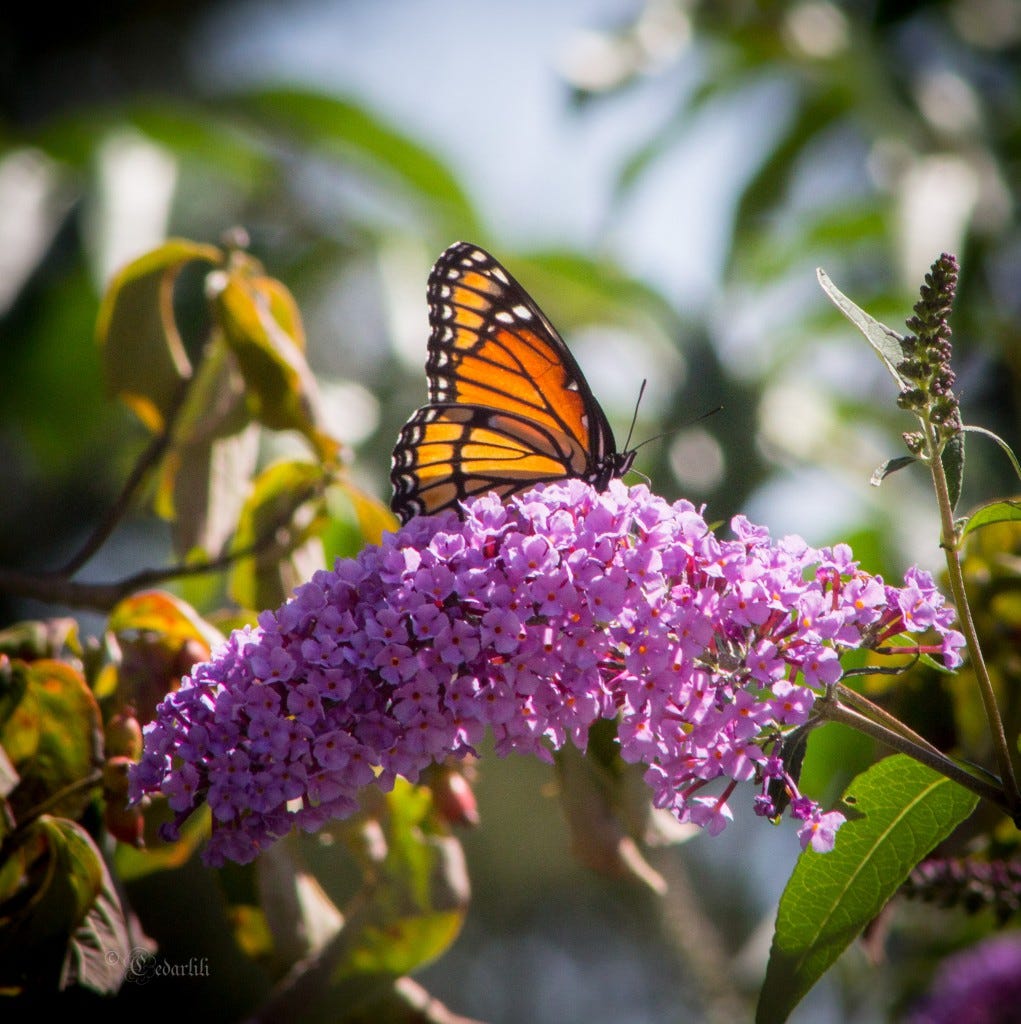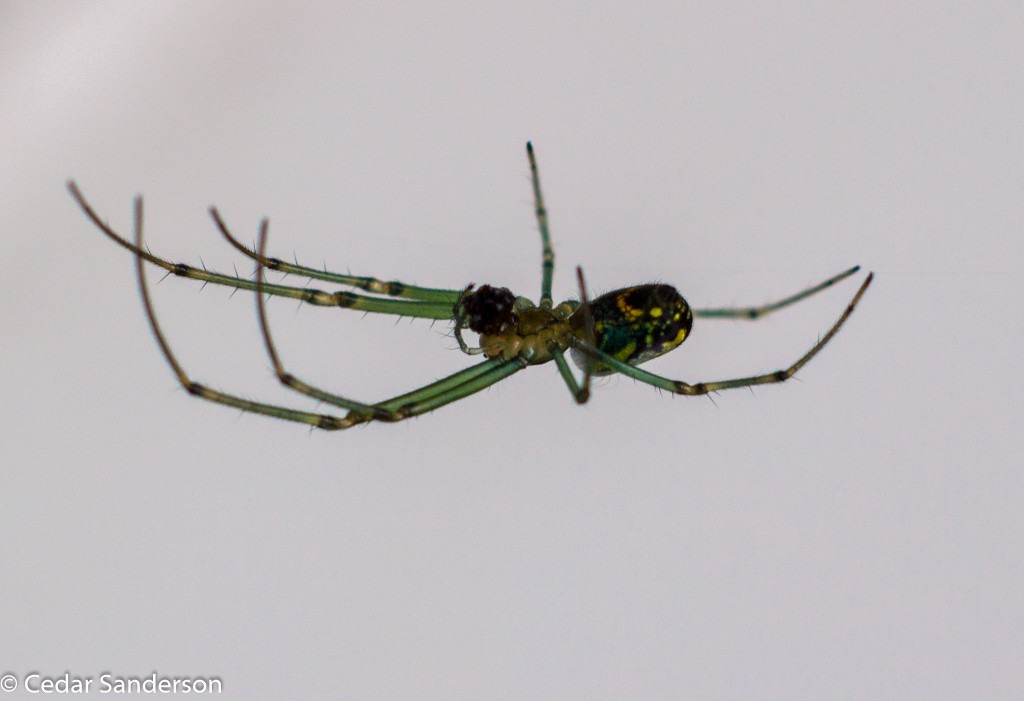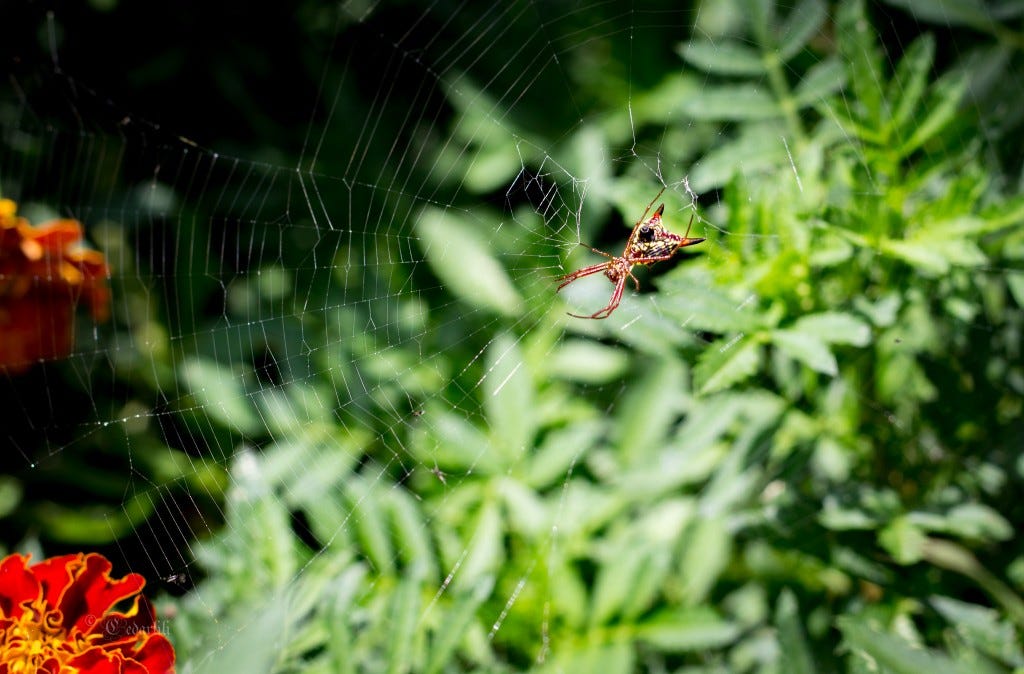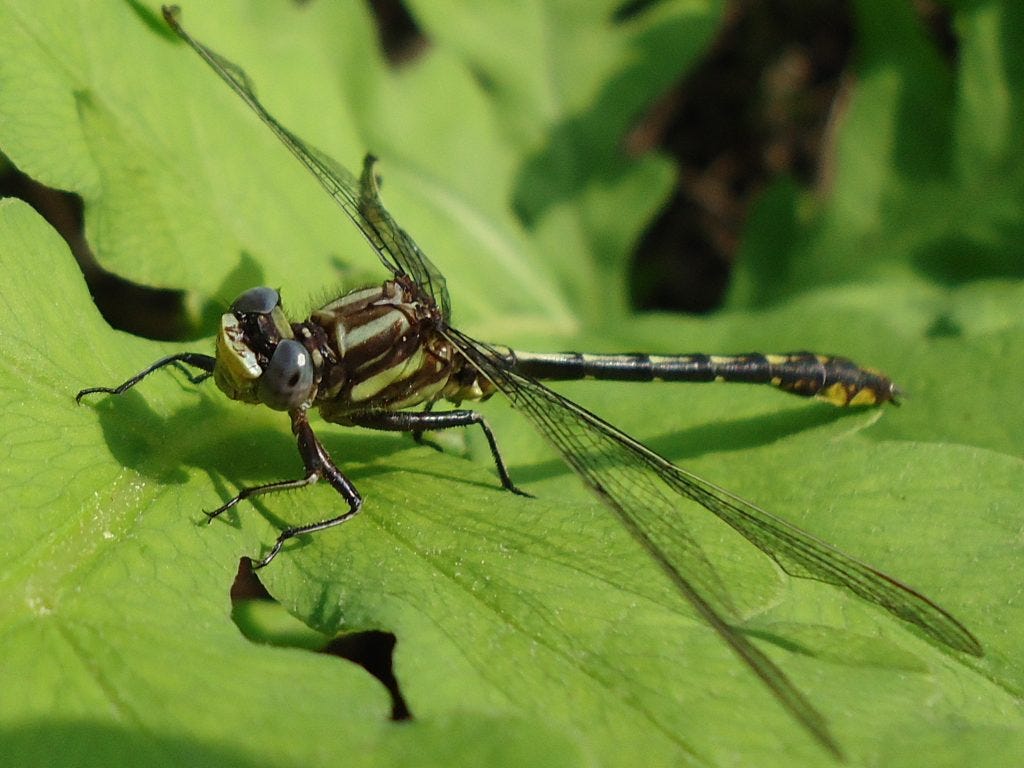Hunting Bugs

This isn't a Monarch Butterfly. It is a Viceroy, one of the species that uses protective camouflage. Monarchs taste horrible, and most predators avoid them, and the Viceroy capitalizes on that. But the difference is very subtle.
I take a lot of bug pictures, and one of the things I try to do with them is correctly identify what I've captured on film pixels. I've got some resources in the form of real people who can steer me in the right direction or pinpoint the genus and species, but I hate to bother them for every photo. So I have some resources online I thought I'd share, since I too get asked 'what is this?' from time to time.
First, you want to make some notes (mental or otherwise) about the lil' critter you are observing.
Time of day: like animals, some insects are nocturnal or diurnal.
Where: a habitat can be a good clue to help with ID. On the other hand, a confused Katydid in the house is a rule-breaker, not the norm.
Size: a rough estimate of the size is invaluable. Keep in mind most good ID site will be using millimeters rather than inches, though. Look at a ruler. For instance, 1-2 mm is less than a grain of rice.
If you photograph the insect for ID, try to get a reasonably clear shot, with something else in the plane of the photo to give the bug scale. I've taken photos of Jumping Spiders that made them look like giant monsters, but the little guy could have sat on my pinkie fingernail with room for friends.

A lovely green spider, but nothing in the photo to show scale, it could be as big as my hand... or about 2 cm long, as it is in reality. Green Orchard Spider
When you are looking online, I like to start with a search string that narrows the results fairly well. A friend posted a photo of a spider that looked like a bird poop. Knowing where the friend lived, I searched Indiana Bird Poop Spider and looked at images, coming up with the answer fairly quickly. Then again, I did already know that there were spiders which camouflage themselves as bird poop. Thanks to having looked at images in search of his spider, I was excited to see one related to it not more than a few days later while out bug hunting.
A benefit to looking through ID sites is knowing what you're looking at right away without having to go home and look it up.

This shy little orb weaver is hard to photograph. Any movement near her web results in her letting go and dropping to the protection of the leaves below. Micrathena spp
One place where you can post your own photos for ID is the Bugguide.net. Search for your state university's entomology department, or Extension agency, as well. Keeping track of the range of the possible ID is important, you don't want to say 'this is it' when it's only found in a small range across the continent from you. Make sure that once you have a tenative ID, you look at other sources to check it. I prefer to stick to 'scholarly' sources just like I do when I'm researching, which in general means not .com sites or (yeah, ironic as I write this) a blog. Now, I will point out that if I have the time, I will take a look at the overall tone of the blog to see if it's trustworthy. It can at least give me a lead, to then check against a expert source.

Dragonfly on Sensitive Fern
Finally, a note about scientific names. They may be hard to pronounce (I mangle them, even the ones I can spell) but they are a much more accurate way to tag your ID than a common name. The photo above of a dragonfly... there are over 3000 known species of dragonflies. Then there are Damselflies, which closely resemble them. If you can narrow it down to at least a genus (like my Micrathena, above) that will help.
You don't need a sophisticated camera to get good bug photos, either. I took the dragonfly photo with a point-and-shoot that cost less than $100 and was the size of a deck of cards (Fujifilm Finepix, I highly recommend it, along with the Sony Cybershot). The other photos in this post were all taken with my Canon Rebel EOS T5, a DSLR which is entry-level, but does nice work.
I'll continue this next week with my thoughts on shooting macro without breaking your piggybank. In the mean time, happy hunting!




